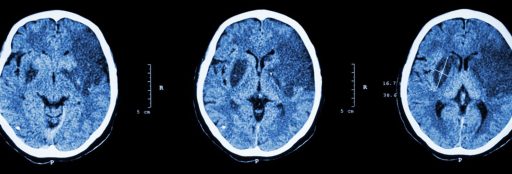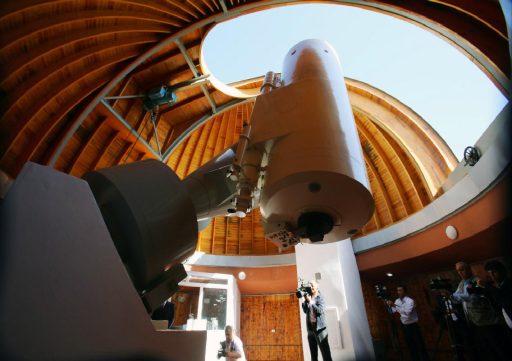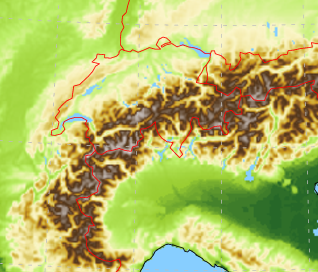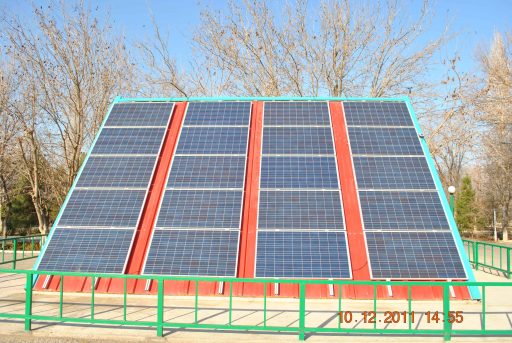Genome researchers in the Netherlands work closely together in the field of omics data (such as genomic and metabolomic data). To ensure the data can be shared easily and securely, E-LAN network technology is being piloted in a shared network environment.
The sooner a person suffering a stroke receives medical attention, the better the outcome is likely to be. Scenario training using simulation technology is helping hospital staff respond to these types of emergencies more efficiently.
A music and dance performance in Copenhagen included live feeds of musicians in London and dancers in Barcelona. Thanks to LOLA technology the synchronised effect was as if they were all physically present on the same stage.
On 19 April 2017 the ‘Rock’ asteroid made an uncomfortably close pass to Earth – the closest in 400 years. The first step to protecting against such hazards is to monitor them to calculate their precise orbits; this requires fast, reliable internet connections so that the huge volumes of observation data involved can be sent speedily and reliably to researchers around the world for analysis.
Although approx. 2555 km apart, theatre students from The University of Tampere, Finland, and Coventry University, UK, are rehearsing Shakespeare together, sharing a “virtual learning theatre” made possible by powerful videoconferencing equipment and high-speed connectivity.
As weather forecasts are becoming increasingly detailed, data volumes are increasing as well, demanding high-speed connectivity and supercomputing power.
Developing alternative, greener energy sources is a key priority across the world but many countries don’t have the infrastructure and skills needed to create renewable energy industries from scratch. Technology, and in particular research networks, can help develop these skills, transferring knowledge to build the industry.
ARES (Advanced networking for the EU genomic Research) is implementing novel genome content distribution solutions to make large data sets accessible to healthcare practitioners for better patient care. Robust and bottleneck-free data networks are key to the success of this vital undertaking.
Eske Willerslev, one of the world’s leading experts in ancient DNA, DNA degradation, and evolutionary biology, is using powerful DNA sequencing technology to reveal fundamentally new insights, reconstructing the past 50.000 years of human history.









